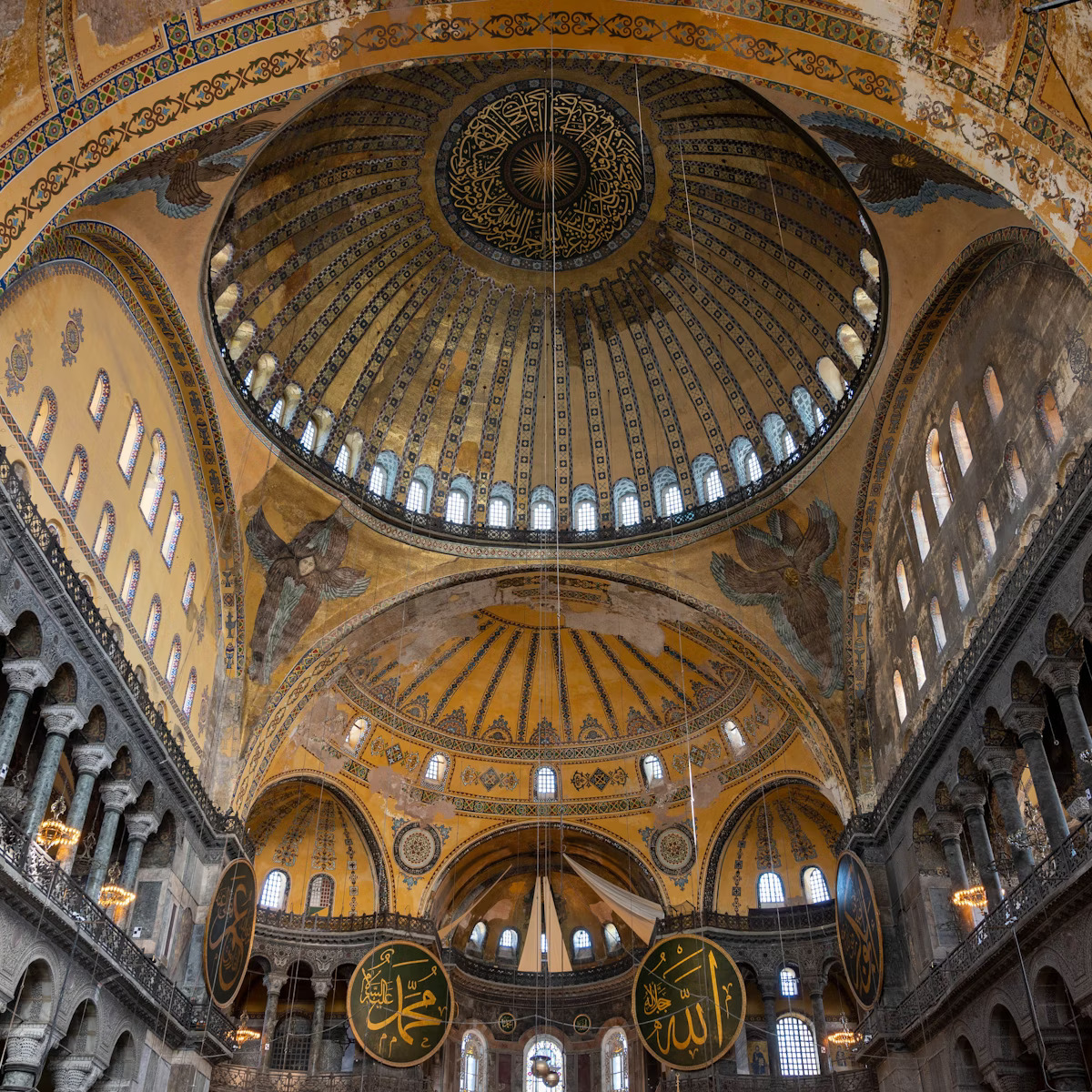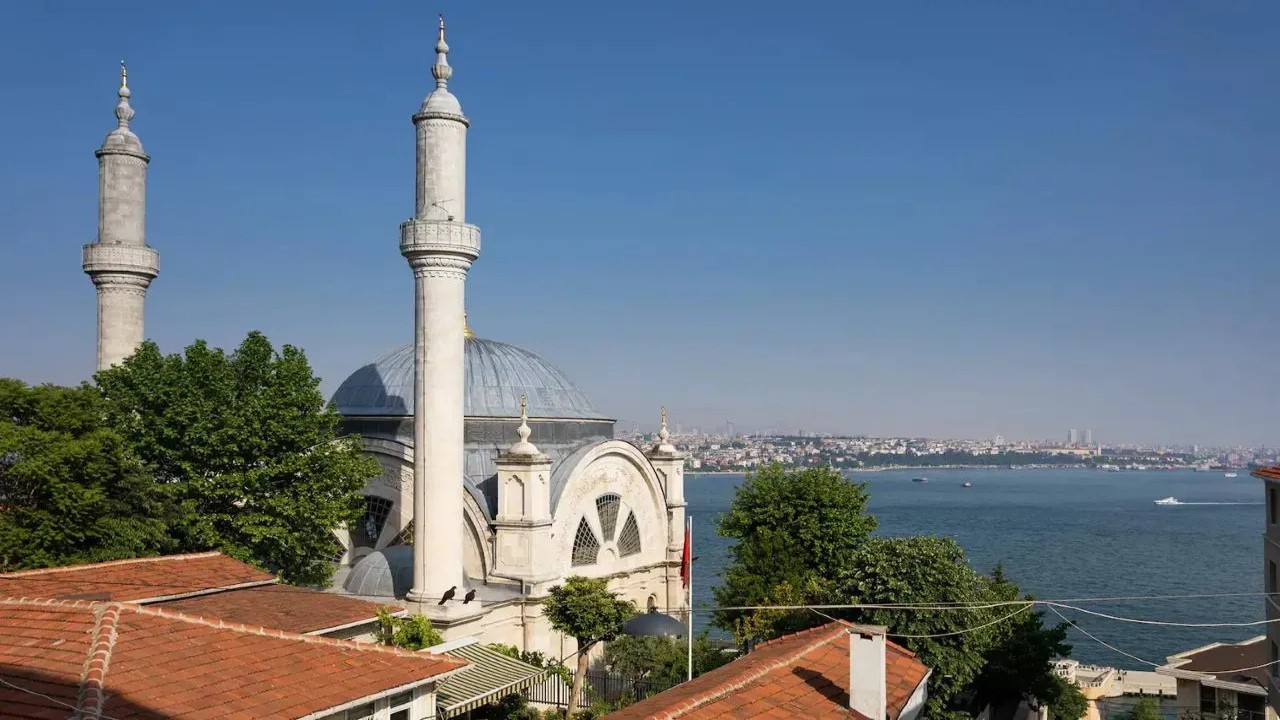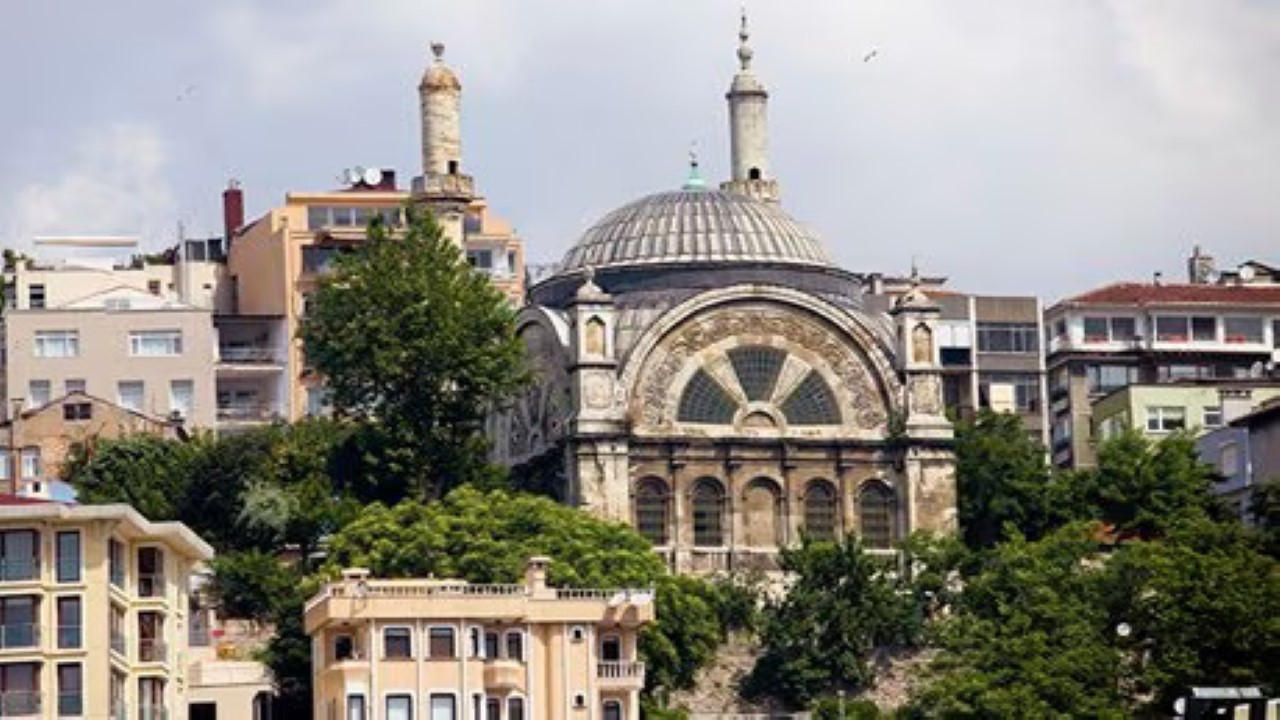Cihangir Mosque: A Historical Gem Overlooking the Bosphorus
Introduction
Perched on one of Istanbul’s most scenic hills, Cihangir Mosque (Cihangir Camii) offers breathtaking views of the Bosphorus Strait while embodying centuries of Ottoman history and architectural beauty. This mosque, with its rich past, deep emotional significance, and stunning location, is a symbol of love, loss, and artistic mastery.
Cihangir Mosque is not as grand as some of the city’s larger mosques, but its history and charm make it one of Istanbul’s most beloved landmarks. Over the centuries, it has been destroyed, rebuilt, and renovated multiple times, yet it remains an integral part of the city’s skyline.

The Historical Origins of Cihangir Mosque
The Tragic Story Behind the Mosque’s Name
Cihangir Mosque was originally commissioned by Suleiman the Magnificent, one of the greatest Ottoman sultans, in memory of his beloved son, Şehzade Cihangir. Cihangir, the youngest son of Hürrem Sultan (Roxelana) and Suleiman the Magnificent, was a frail but highly intelligent and artistic prince. He suffered from a physical deformity and was not considered a strong candidate for the throne.
Despite his health issues, Cihangir was deeply loved by his father. The prince’s untimely death in 1553, reportedly from heartbreak after the execution of his elder brother, Şehzade Mustafa, devastated the sultan. To honor his memory, Suleiman commissioned Mimar Sinan, the empire’s most renowned architect, to build a mosque on the hill where Cihangir loved to spend time looking at the Bosphorus.
Mimar Sinan’s First Structure
Mimar Sinan, the master architect behind many of Istanbul’s greatest landmarks, designed the first Cihangir Mosque in the 16th century. The mosque was relatively small but reflected the elegance and refinement of Ottoman architecture. Its position on a steep hill made it a landmark visible from both land and sea, creating an intimate yet majestic presence.

Destruction and Reconstruction Through the Centuries
Fires and Earthquakes: The Mosque’s Many Rebuildings
Like many structures in Istanbul, Cihangir Mosque faced multiple disasters over the centuries. The wooden structure was severely damaged by fires, including the Great Fire of 1870, which destroyed much of the Beyoğlu district.
After each disaster, the mosque was rebuilt or restored, but in different architectural styles. The current version, built in the late 19th century, retains elements of Ottoman and neo-Baroque influences, giving it a unique appearance compared to other classical mosques in Istanbul.
Architectural Features of Cihangir Mosque
A Fusion of Ottoman and European Styles
The present-day mosque combines traditional Ottoman design with European Baroque influences, reflecting the architectural shifts of the late Ottoman period. Some of its key features include:
- A single dome that dominates the interior space, allowing natural light to flood the prayer hall.
- A single slender minaret, giving the mosque an elegant and graceful appearance.
- Intricate wooden details and a simple yet beautifully decorated interior.
The mosque’s location also enhances its charm, offering panoramic views of the Bosphorus, Üsküdar, and even the Princes’ Islands on clear days.

Cihangir Mosque in the Modern Era
A Popular Spot for Locals and Visitors
Today, Cihangir Mosque is not just a place of worship but also a favorite destination for both locals and tourists. The surrounding Cihangir neighborhood is known for its artistic and bohemian vibe, filled with cafés, bookshops, and galleries, making it a popular place for intellectuals and creatives.
Restorations and Preservation Efforts
The Turkish government and local heritage organizations have undertaken various restoration projects to preserve the mosque’s historical and architectural integrity. The latest renovations have reinforced its structure while maintaining its original aesthetic appeal.
Significant Events and Cultural Influence
A Mosque with a View: Impact on Art and Literature
Due to its picturesque location, Cihangir Mosque has been a subject of numerous paintings, photographs, and literary works. Writers and artists often reference it in their works, associating it with themes of nostalgia, beauty, and reflection.
Presidential and State Visits
Throughout modern history, the mosque has hosted visits from political figures and dignitaries, reaffirming its cultural and historical significance.
Community Gatherings and Religious Celebrations
The mosque remains an active place of worship, especially during significant Islamic events like Ramadan, where the courtyard fills with locals and visitors coming together for prayers and communal meals.
Conclusion
Cihangir Mosque is more than just a place of worship; it is a symbol of love, loss, and enduring beauty. Built in memory of a prince whose story still touches hearts, the mosque stands as a testament to Istanbul’s layered history. Whether you’re drawn to its emotional past, its architectural charm, or simply the stunning views, visiting Cihangir Mosque is a peaceful and inspiring experience in the heart of one of the world’s most dynamic cities.
FAQs About Cihangir Mosque
Cihangir Mosque is located in the Cihangir district of Beyoğlu, Istanbul, overlooking the Bosphorus. It is easily accessible from Taksim Square.
The mosque was originally built by the legendary Ottoman architect Mimar Sinan in the 16th century, commissioned by Suleiman the Magnificent in memory of his son, Şehzade Cihangir.
Yes, Cihangir Mosque has been destroyed and rebuilt multiple times due to fires and earthquakes, with the most significant reconstructions occurring in the 19th and 20th centuries.
Its hilltop location offers some of the best views of the Bosphorus, and its blend of Ottoman and neo-Baroque architecture sets it apart from other mosques in Istanbul.
Yes! Cihangir Mosque is open to visitors, and its peaceful atmosphere, combined with stunning scenery, makes it a must-visit location in Istanbul.
